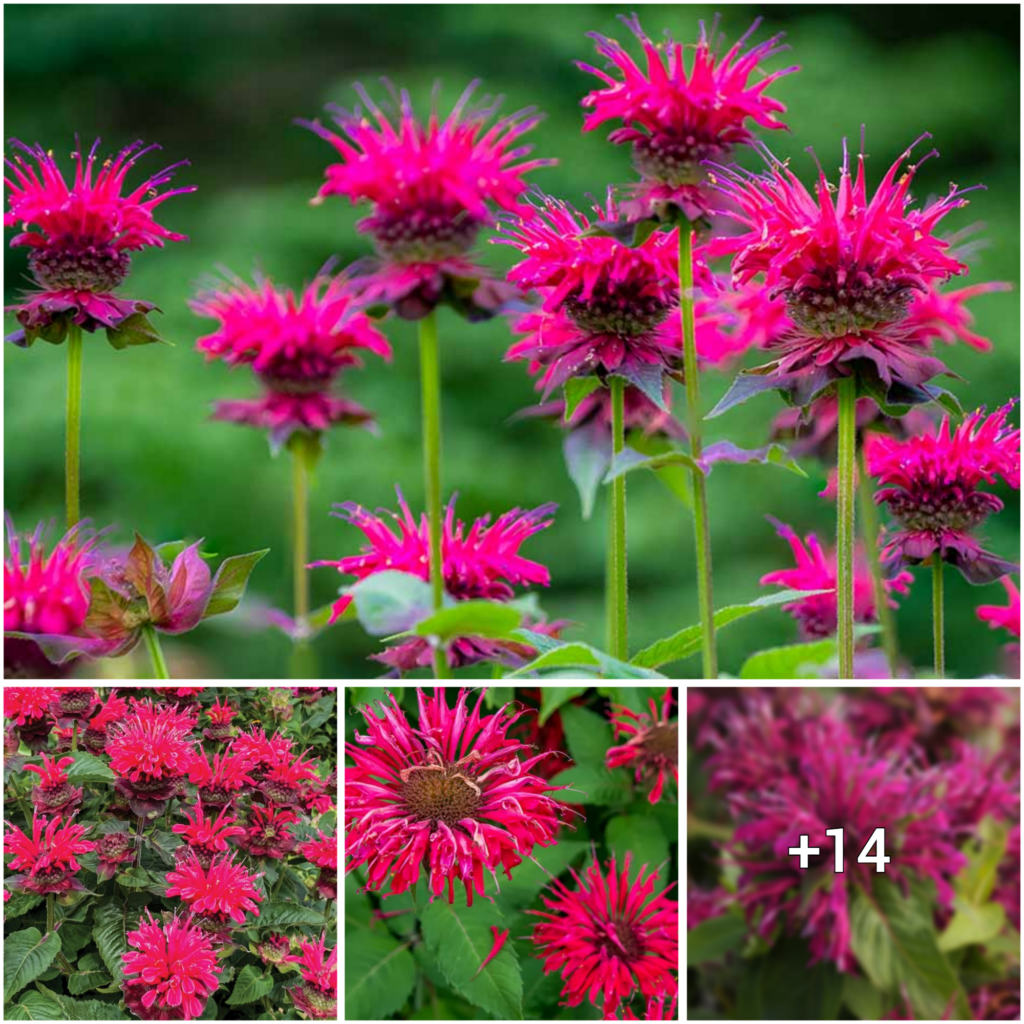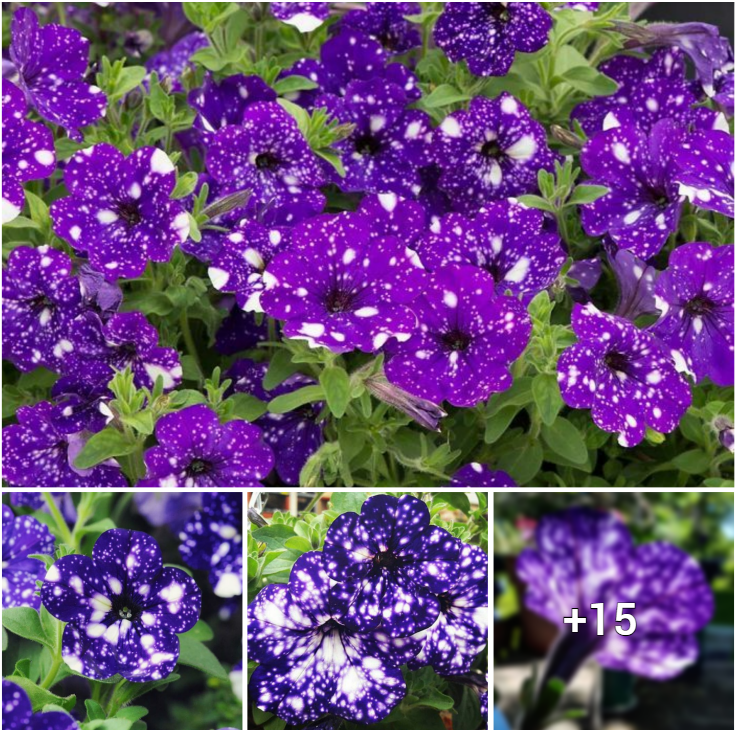The lotus flower is a symbol that is widely recognized for its beauty and spirituality. It holds a special place in various cultures and traditions across the globe. The way it rises gracefully from muddy waters and transforms into exquisite blooms has made it a symbol of purity, enlightenment, and resilience. This article aims to explore the captivating world of the lotus flower, highlighting its relevance, cultural connotations, and the profound lessons it imparts about life and spirituality.
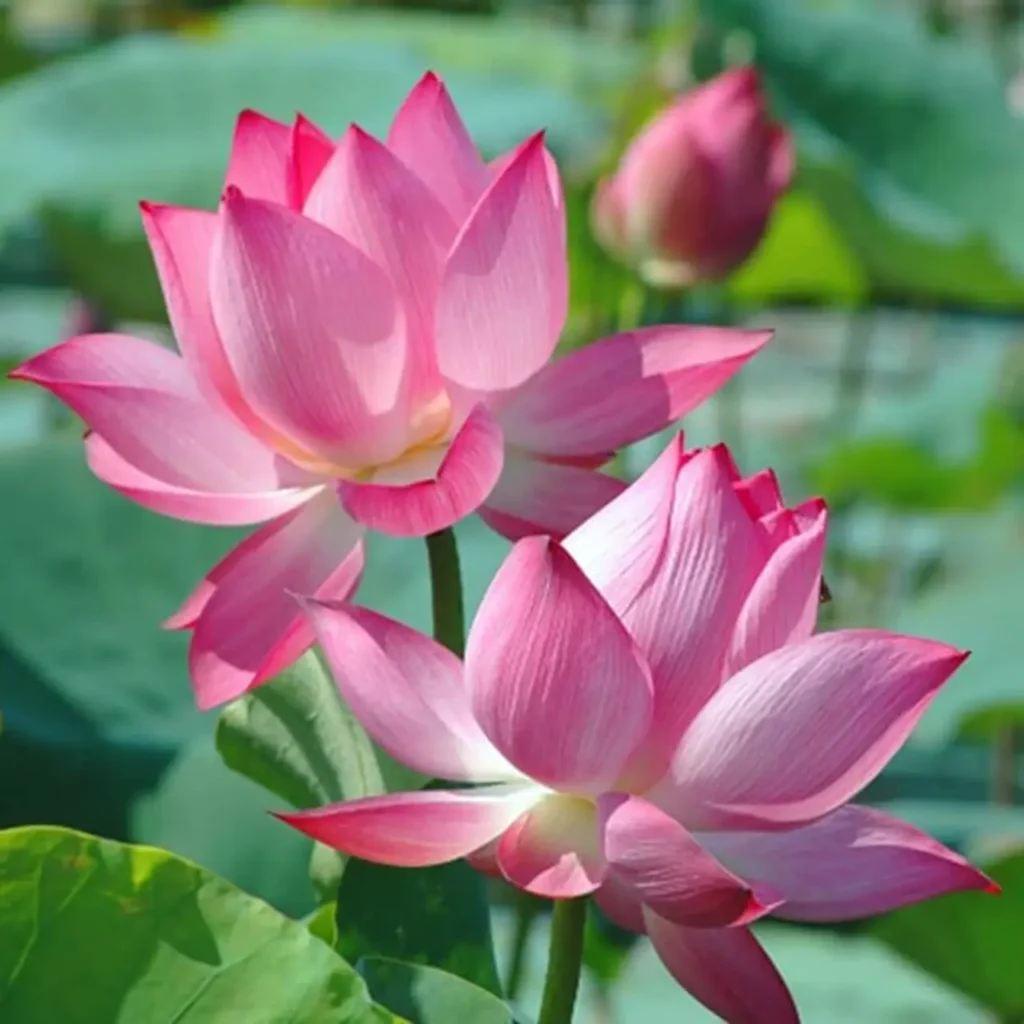
Lotus flowers are a sight to behold, thanks to their fascinating structure and charming appearance. These lovely flowers belong to the Nelumbo genus and are characterized by their thick, long stems that emerge from water bodies. The lotus leaves are circular and provide both support and shade to the flower. The lotus blooms are large, with symmetrical, delicate petals that come in different colors such as white, pink, yellow, and red. The Nelumbo genus has two main species, namely the sacred lotus (Nelumbo nucifera) and the American lotus (Nelumbo lutea), and each of these species has its unique traits.
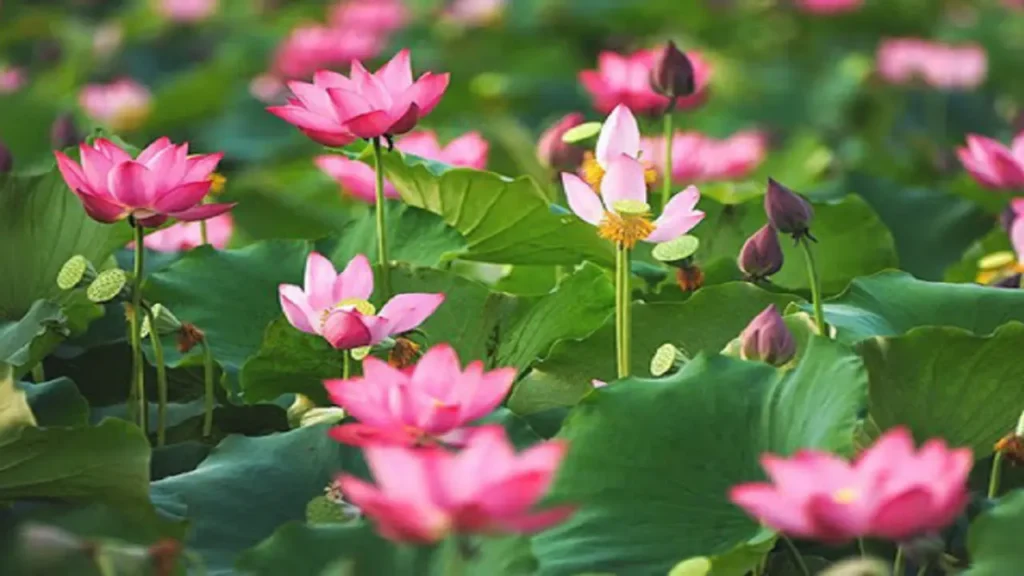
The lotus flower has significant cultural and symbolic meaning in various spiritual practices. It represents purity and enlightenment, signifying the journey from darkness to spiritual awakening and inner beauty. The lotus also symbolizes resilience, strength, and perseverance, as it thrives in harsh conditions and emerges unscathed from murky waters. Its life cycle represents the stages of spiritual growth and transformation, reminding us that we have the potential to evolve and reach our full potential even in challenging circumstances. Additionally, the lotus holds deep religious and cultural significance in traditions such as Buddhism, Hinduism, and Egyptian mythology, associated with deities, enlightenment, purity, and rebirth.

Growing lotus flowers can be a fulfilling experience for both water enthusiasts and gardening enthusiasts. To cultivate these beautiful flowers, it’s important to keep in mind the following key factors:
– Growing Conditions: For optimal blooming, lotus flowers require full sunlight and warm climates. They are best grown in large containers or shallow ponds with calm, still water.
– Soil and Water Requirements: Lotus flowers thrive in nutrient-rich, loamy soil and require at least 6 inches (15 cm) of water depth. It’s important to periodically change the water to maintain cleanliness and prevent stagnant conditions.
– Propagation: There are two ways to propagate lotus flowers – through seeds or tubers. Before planting, seeds should be gently scratched to improve germination.
– Maintenance: To ensure healthy growth, regular maintenance is crucial. This includes removing debris, fertilizing with an aquatic plant fertilizer, and thinning out excess growth to avoid overcrowding.
Overall, growing lotus flowers can be a fun and rewarding hobby for those who enjoy gardening or working with water plants. With proper care and attention, these beautiful flowers can thrive in your home garden or pond.
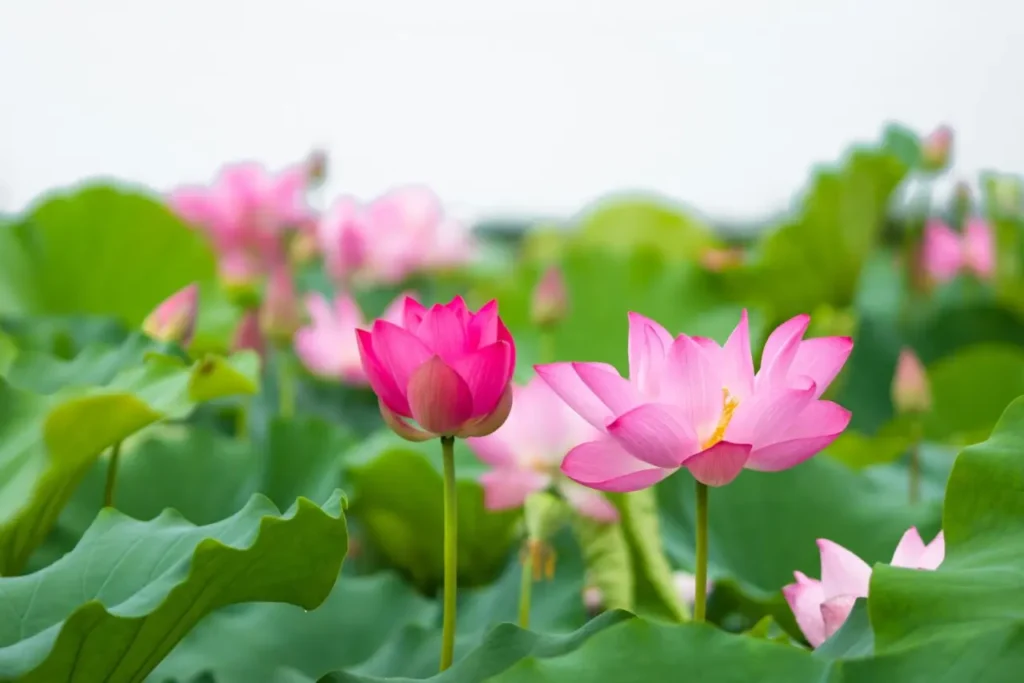
Appreciating the Beauty and Culture of Lotus Flowers
Lotus flowers are more than just spiritual symbols – they’re also beloved for their stunning appearance. Often seen in floral arrangements, water gardens, and cultural exhibits, these flowers add a sense of peaceful elegance and natural splendor.

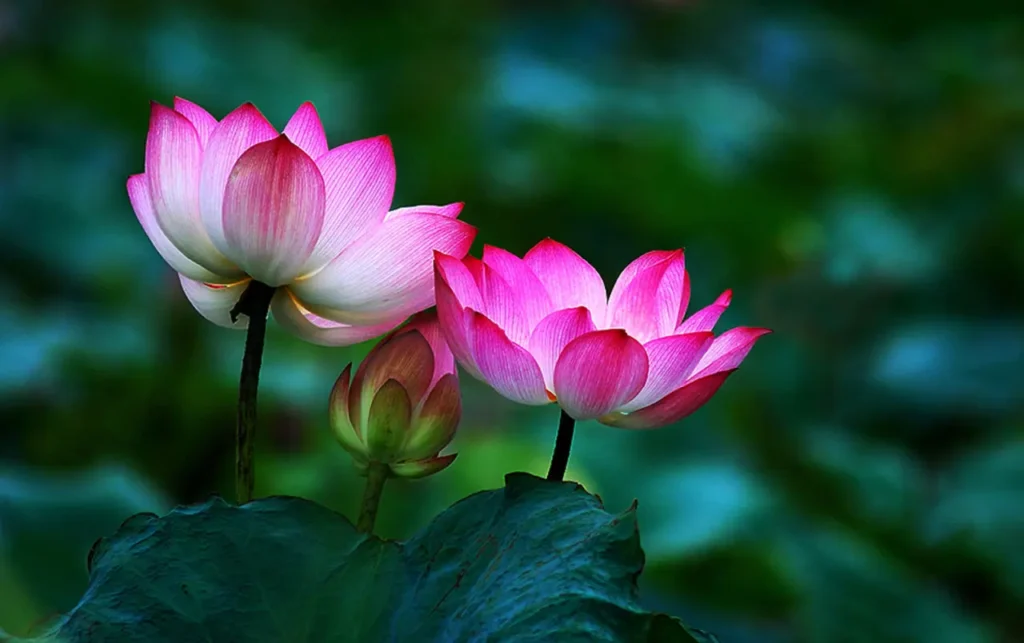
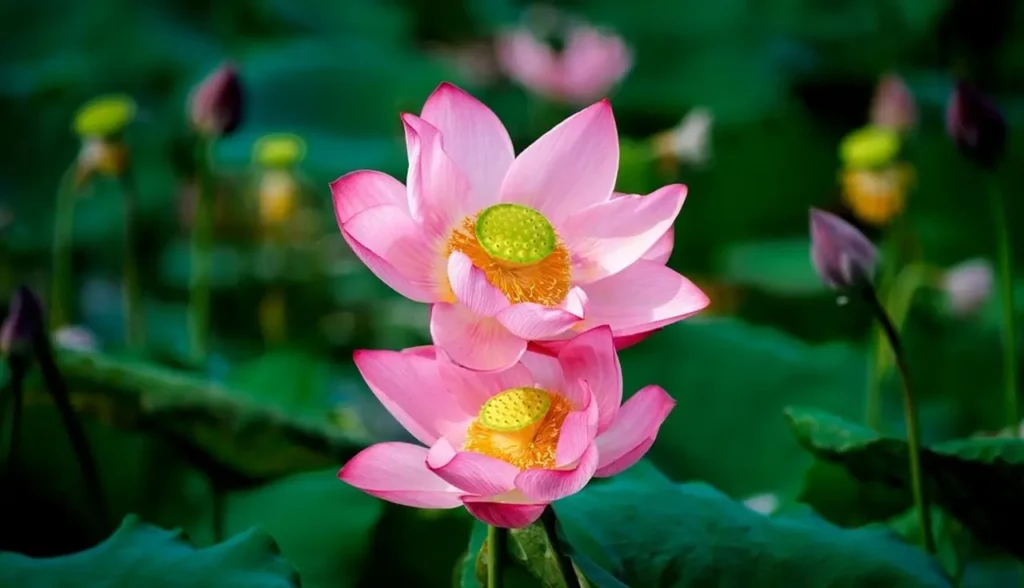
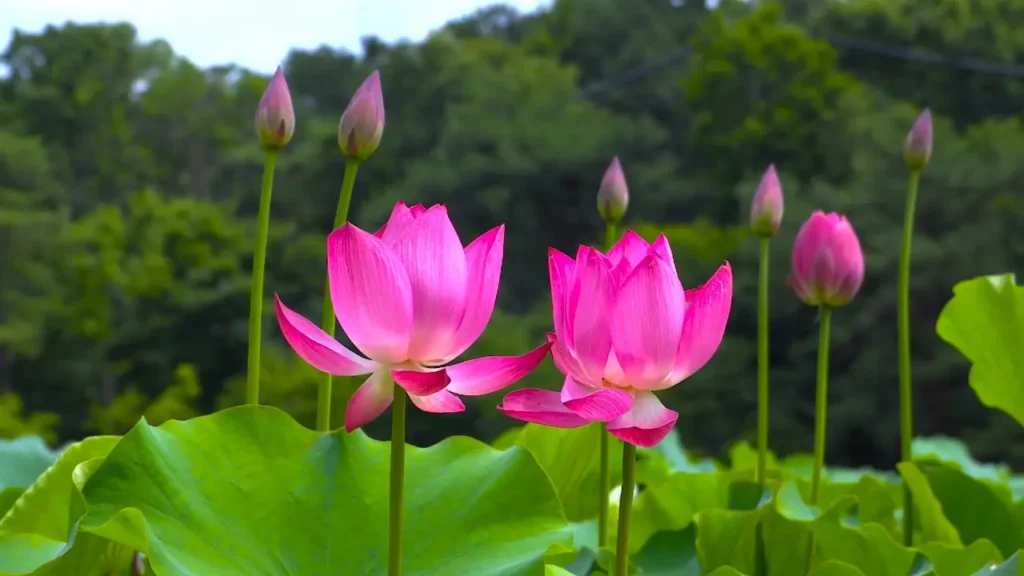
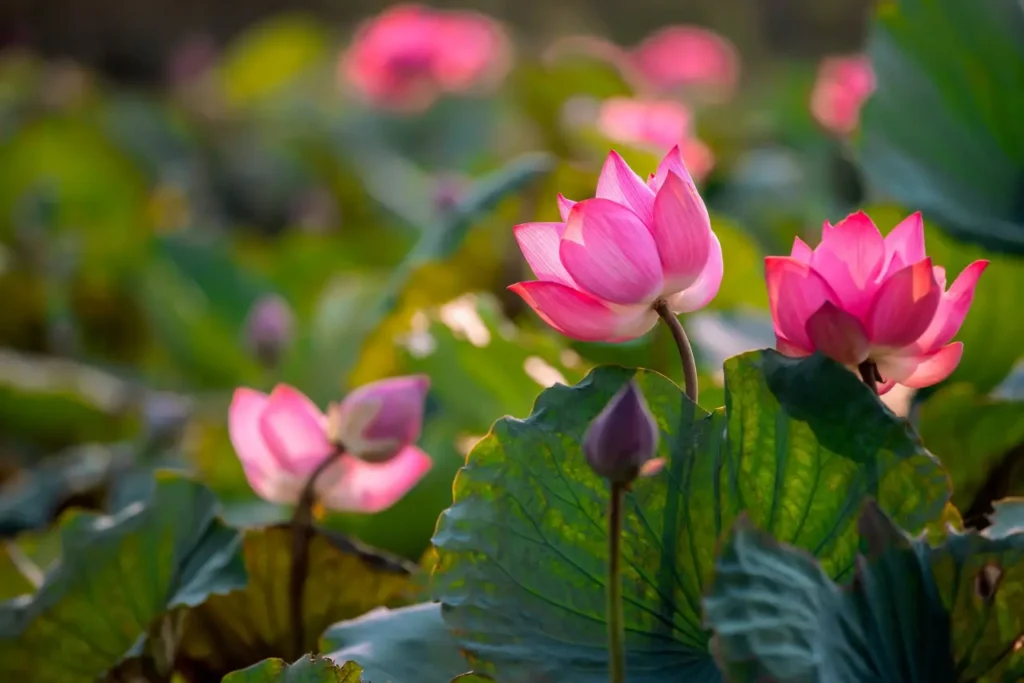
Throughout time, people have been mesmerized by the captivating beauty, profound symbolism and spiritual importance of the lotus flower. The lotus has always been admired for its ability to rise above the murky waters and display its radiant blossoms, thereby teaching us valuable lessons about purity, resilience, and spiritual growth. Whether appreciated for its stunning appearance or pondered over for its deeper meanings, the lotus continues to be an enduring symbol of elegance, charm, and the innate capability for transformation that all of us possess.



